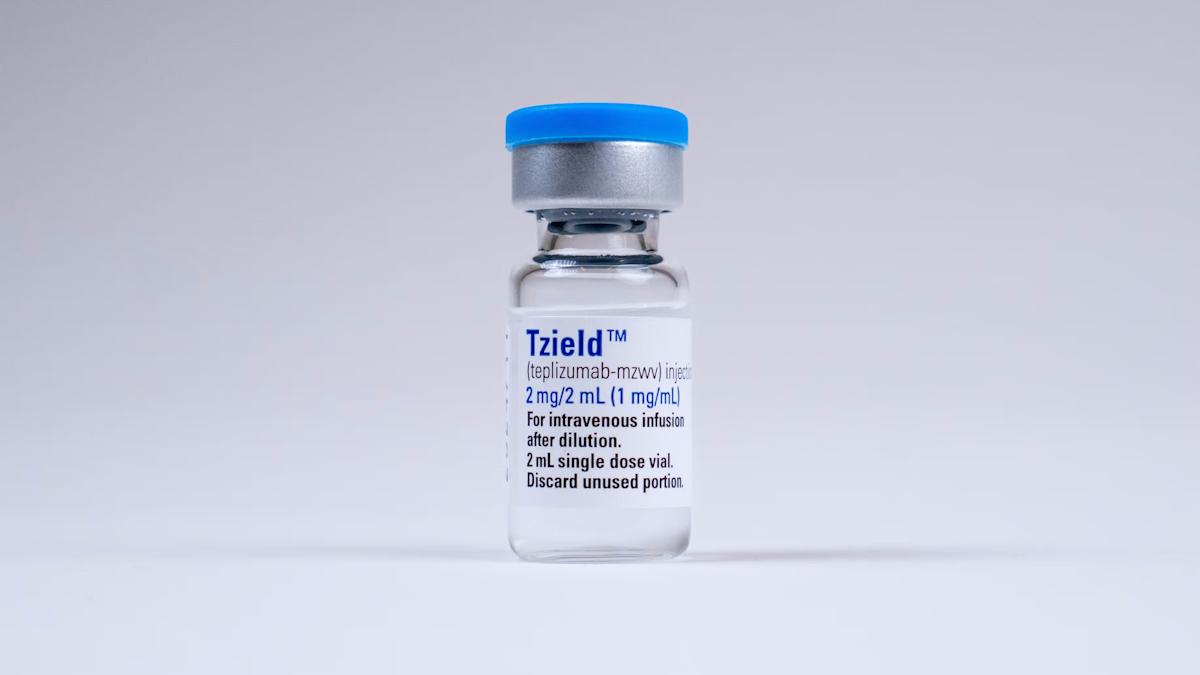Measuring the cost of diabetes

As the prevalence of type 2 diabetes (T2D) increases globally, the condition and its associated complications are placing considerable – and growing – economic burdens on healthcare systems and societies. Claire Bowie hears from experts in the field.
The pressure from diabetes threatens to destabilise not only health ecosystems themselves but also financial economies worldwide.
While this statement may appear dramatic, the realities are stark. Globally more than 11% of all healthcare budgets are spent in diabetes – representing £11 billion every year in the UK alone – but the abundance of this figure does not necessarily equate to efficiency, with 80% of this substantial cost going to treat avoidable complications¹.
The scale of the problem in individual countries is dwarfed by the issues faced on a global level, with the vast majority of new cases heralding from less developed countries, as huge shifts in lifestyle are driven by rampant urbanisation.
Tackling this dramatic escalation in diabetes will require Herculean efforts, brought together in a holistic, considered and cohesive way throughout the patient pathway, from prevention to pre-diagnosis, to diagnosis, treatment and ongoing management. With such a complex system of care at play, how do we measure success?
This was the topic of a recent QuintilesIMS webinar, which brought together John Grumitt, Vice President of the International Diabetes Federation and Diabetes UK, Professor Michael Trenell, Professor of Metabolism and Lifestyle Medicine at Newcastle University and Dr Phil McEwan from QuintilesIMS to discuss this burgeoning and critical issue.
“We’re threatening to bust the economy, let alone the health economy, by sleepwalking into this situation,” Grumitt warned. “With 80%-85% of the risk of type 2 diabetes linked to obesity, one just has to look at the World Health Organisation’s projections for obesity and [being] overweight to see the predicted trend – it’s screamingly obvious.”
Cost and patient impact
Due to the complexity of the disease, with numerous co-morbidities and its asymptomatic nature, accurately modelling, and therefore discerning, which interventions are most effective, in terms of both cost and patient impact, is an equally complicated process.
There are three well-established markers of success in diabetes, these being HbA1c – glycosylated haemoglobin, an extended measure of blood glucose – blood pressure and cholesterol. However, with less than half of all type 2 diabetes patients (42%) achieving targets across these measures, Grumitt believes there is significant room for improvement.
“We have to ask ourselves, what are we doing?” Although in the UK the quality outcomes framework (QOF) has stimulated a steep rise in referrals – triggered by financial incentives – it’s had a limited impact, if any, on the number of people attending education to learn more about it, he said. Indeed, just 6% of people with type 2 diabetes attended structured patient education last year, despite more than two-thirds of the patient community admitting they do not understand their condition.
Undeniably, prevention can play a large part in the management of any chronic condition, particularly in a highly complex area such as diabetes. The two take-home messages from the landmark UK Prospective Diabetes Study (1977 to 1997) were that type 2 diabetes is a chronic, progressive condition but also that drug-based therapies only provide a window of improved glycaemic control. “We have to find other ways to manage the disease,” Trenell pointed out, noting that: “More recent science – from the US Diabetes Prevention Programme in 2002 – quite clearly shows us that type 2 diabetes is not a chronic, progressive disease; actually it is reversible.”
Just a lifestyle problem?
In fact, it is possible to more than halve the incidence of type 2 diabetes through effective lifestyle management, Trenell added. With low calorie diets and bariatric surgery starting to challenge current treatment algorithms, he pointed out, “the underpinning science is quite clear; type 2 diabetes is a lifestyle problem and is preventable.”
Of course, it remains vitally important that we are able to model the effects of intervention on the various risk factors associated with type 2 diabetes and how those risk factors will impact future health outcomes and quality of life, McEwan observed – a situation complicated by the plethora of treatments and technologies available. However, we do have the ability to effectively model interventions in diabetes. The IMS Core Diabetes Model, for example, allows us to assess the impact of improved patient management. And, as alluded to earlier, the vast majority of costs associated with diabetes relate to managing downstream complications, in particular cardiovascular complications.²
Until a method to contain these preventable costs becomes apparent, spend in this area is likely to continue rising. “The costs of diabetes are expected to jump from around £10 billion in 2010/2011 to around £16 billion by 2035/36, largely as a function of increased prevalence, growing patient population, and associated complications,”² McEwan pointed out. However, avoiding secondary complications through controlled A1c would release a staggering £50,000 per patient (from £90,000), or £4 billion over a period of 25 years, if all new diagnoses were treated to a target of 7.5% A1c.²
Improving education and health outcomes
Similarly, there are considerable savings and improvements to be made in quality of life, which is of particular relevance to realising outcomes in clinical practice, McEwan stated. However, the increasingly individualised nature of diabetes care, as well as the sheer volume of treatments and technologies available, means there are real challenges to robustly modelling cost effectiveness. For example, while there is good evidence that cheaper generics – used inappropriately – do not deliver value for money, it is harder to evaluate elements such as patient education or use of specialist nurses, which are not recorded routinely.
The fact is that type 2 diabetes is the condition taking the largest share of the NHS budget, yet just 3% of people have undergone any form of education on how to manage the condition themselves. Therefore, improving the basics could have a profound impact on diabetes prevention and care, Grumitt said. “It doesn’t need to be terribly sexy or involve the next expensive innovation; just doing the basics better would achieve a far greater step change than anything else.”
Trenell added, “We know how to prevent diabetes, we understand its natural history and we know how to reverse it. The challenge is how do we bring these together into an effective care pathway? How do we learn how to support people at scale? How do we behaviourally manage and phenotype people? Can we identify or personalise a platform for an individual? There’s enormous potential and opportunity – particularly in terms of exploring and learning from groups in developing regions such as Asia, Africa and South America – and it’s going to be very exciting over the next five-to-10 years.”
If we are going to impact the future trajectory of this devastating condition, the message is clear. While technologies and interventions have a role to play, providing and embedding education is critical if we are to improve not only patient outcomes, but the health of whole nations.
The webinar, Measuring the cost of the right interventions in diabetes, is available on demand here.
References:
¹ Diabetes UK (July 2016) UK State of the Nation: Time to take control of diabetes https://www.diabetes.org.uk/About_us/What-we-say/Statistics/State-of-the-Nation-2016-Time-to-take-control-of-diabetes/
² Hex et al (April 2012) Estimating the current and future costs of Type 1 and Type 2 diabetes in the UK, including direct health costs and indirect societal and productivity costs. Diabetic Medicine. https://jdrf.org.uk/wp-content/uploads/2015/10/Hex-and-Bartlett.pdf
About the author:
Claire Bowie is Head of Publishing at pharmaphorum. She has extensive experience in healthcare communications and publishing, supported by a background in biological sciences.
Read more from Claire Bowie:












